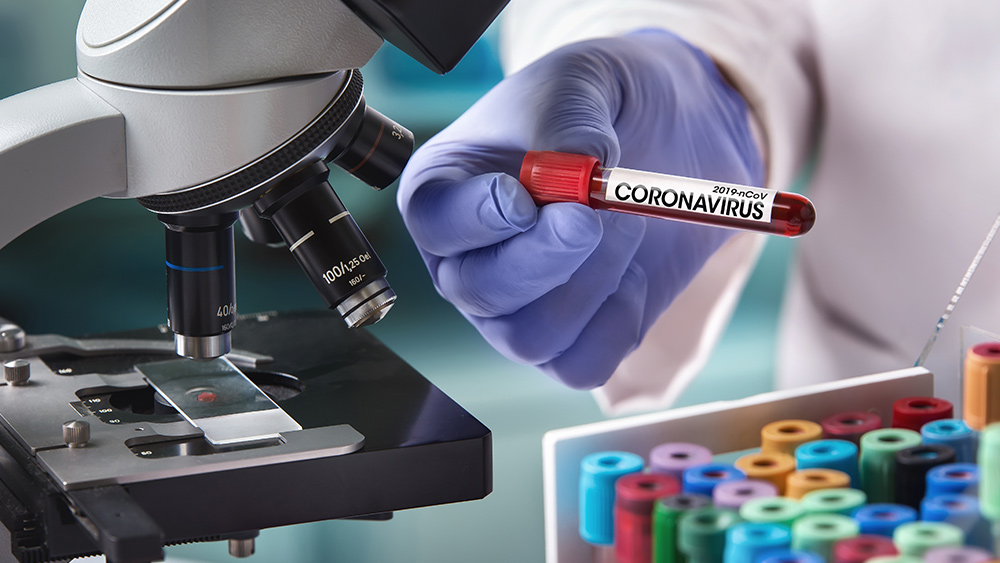
Advertisement
Unless you’ve been living under a rock, you’ve probably already heard about the outbreaks of coronavirus across the globe, particularly the pneumonia outbreak it caused in Wuhan, China, in 2019.
It may be alarming, but don’t panic just yet. Instead, you must learn what to do in the face of a possible coronavirus outbreak. (h/t to ApartmentPrepper.com)
Coronavirus: Deadlier than the common cold
Health experts searching for the source of the 2019-nCoV or the Wuhan coronavirus are baffled. This particular strain, also dubbed the novel coronavirus, is a type of virus that has never been encountered before.
First identified in the mid-1960s, coronaviruses were named for their unusual crown-like shape. These viruses usually cause respiratory illnesses, such as the common cold.
Many of the infected patients in Wuhan, China, worked or shopped at a wholesale seafood market that also sold live and freshly slaughtered animals. Experts believe this is how the virus crossed to humans from an animal host.
Wuhan coronavirus symptoms include cough, fever and difficulty breathing. As a patient’s symptoms worsen, their condition can lead to pneumonia, kidney failure and even death.
Wuhan coronavirus in the US
As of writing, the Centers for Disease Control and Prevention (CDC) has confirmed the first case of 2019-nCoV in the US. The patient is said to be an adult male in his 30s. He traveled through Wuhan to Snohomish County, Washington State, north of Seattle.
The CDC warns that the public should make the necessary preparations since this won’t be the last case of infection. To date, there are 300 confirmed cases of 2019-nCoV, with six reported deaths.
Authorities from China noted that 2019-nCoV can also be transmitted from human to human. The majority of cases are in China, but cases have also been reported in Japan and in South Korea.
The CDC and the World Health Organization (WHO) are closely monitoring these cases. Screenings for the new disease are also being conducted at three airports:
- New York City’s JFK International Airport
- Los Angeles International Airport
- San Francisco International Airport
The patient from Washington State arrived in America before the screenings were initiated.
CDC guidelines for 2019-nCoV
The CDC has issued the following guidelines for travelers who are about to visit Wuhan:
- Avoid contact with sick people.
- Avoid animals (alive or dead), animal markets and products from animals, like raw meat.
- Wash your hands frequently and thoroughly with soap and water for at least 20 seconds. If soap and water are unavailable, use an alcohol-based hand sanitizer.
The CDC also has guidelines for those who traveled to Wuhan, particularly those who feel sick with a cough, difficulty breathing or a fever:
- Do not travel while you’re sick.
- Rest and stay home. Avoid contact with others, except while seeking medical attention.
- Cover your mouth and nose with a tissue or your sleeve when coughing or sneezing. Don’t use your hands, which may spread the virus.
- Wash your hands frequently and thoroughly with soap and water for at least 20 seconds. If soap and water are unavailable, use an alcohol-based hand sanitizer.
- Seek medical attention immediately. Before going to a doctor’s office or the emergency room, call ahead and inform them about your recent travel and your symptoms.
What to do before SHTF
Stay calm and take note of the following things you can do to prepare for a possible outbreak.
- Prep a comprehensive first aid kit and learn basic first aid skills. Knowing what to do in an emergency ensures that you don’t waste time waiting at doctor’s offices and emergency rooms when SHTF.
- Avoid crowds to lower your risk of catching a cold or flu.
- Boost your immune system. Follow a healthy diet, get enough sleep and exercise regularly.
- Wash your hands thoroughly and frequently. If you don’t have access to soap and water, use a hand-sanitizer with 60 percent alcohol content.
- Masks are often the first thing that will sell out in areas with reported outbreaks of 2019-nCoV. Stock up as soon as you can.
- You may also need disposable gloves if you’re caring for a sick person in your household.
- Prepare a bug-in plan for your family before 2019-nCoV spreads in your neighborhood.
- Stockpile at least two weeks’ worth of water and food supplies in your home if you need to quarantine yourself.
Monitor the news, don’t panic and prepare before the 2019-nCoV outbreak reaches your area.
Sources include:
Advertisement
Advertisements
















